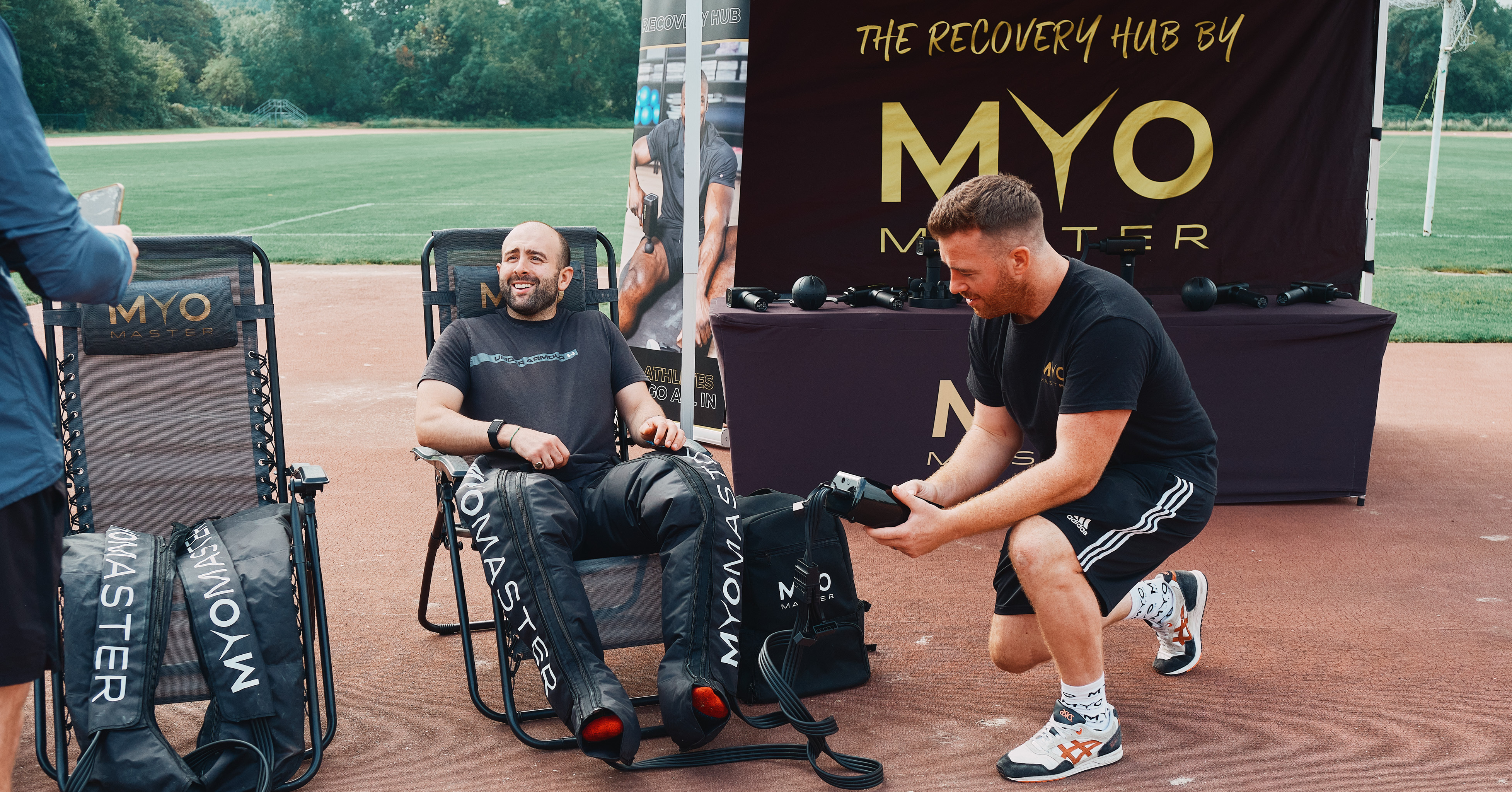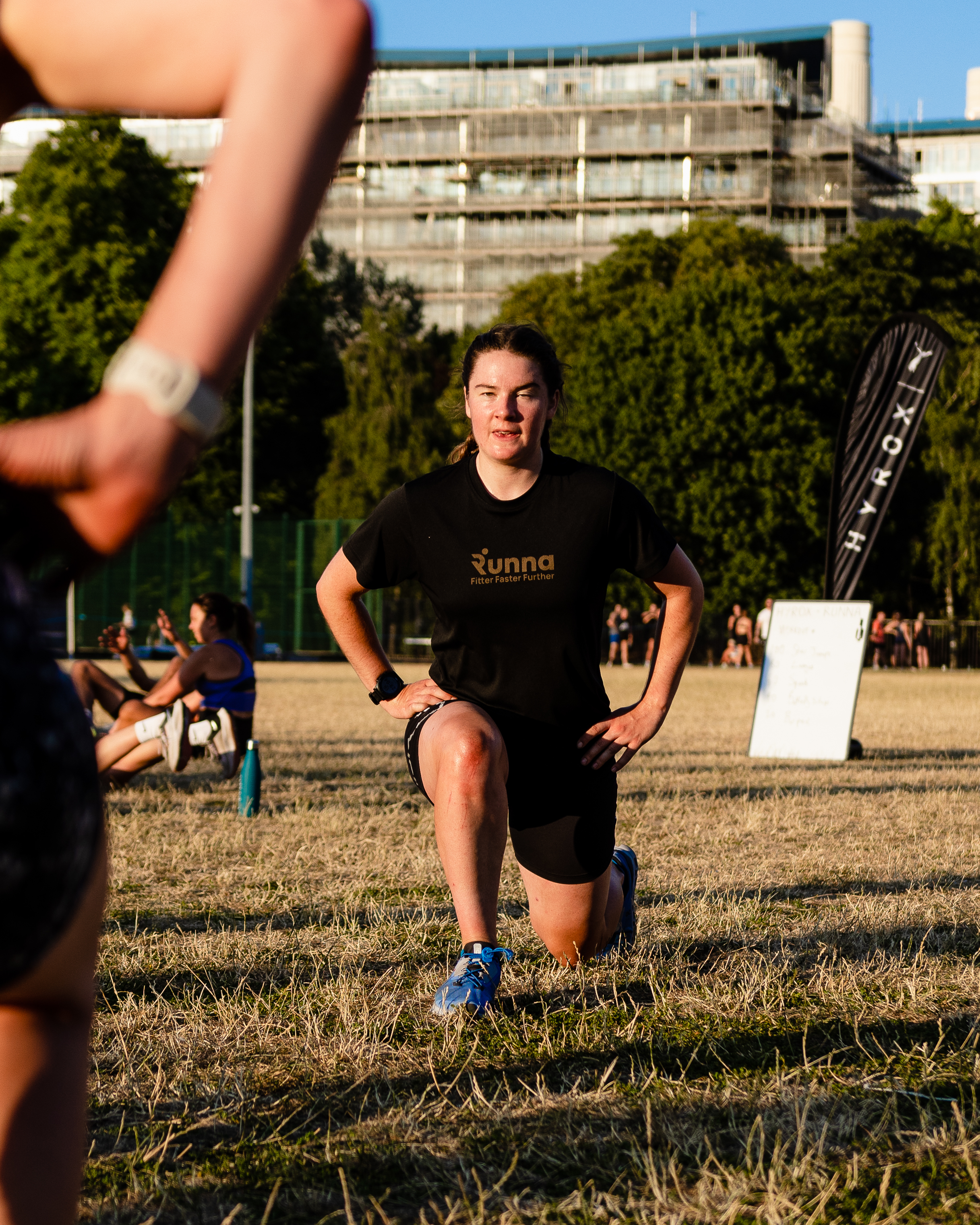Written by Ben Parker, Head Coach at Runna
There’s something special about running. The sound of your feet pounding the pavement, the high that hits around the 5K mark, the way your mind sharpens as you suck air into your lungs, that feeling of running further or faster than the last time you laced up. Sure, there are times when you suffer from short breathing, chafing and unbelievably sore calf muscles, but the pros always outweigh the cons, especially when you find a purple patch of form as you push your body faster and farther and begin dreaming about a new PB in that race you signed up for. That’s what it’s all about: the possibilities you didn’t dare to dream about.
Then WHAM! You’re stopped. Everything is halted right there and then. An injury. Work commitments. A patch of bad weather. Maybe even burn out. All of a sudden, everything you had been working toward, all the gains you had made, all the speed, endurance and confidence you had worked so hard for, just vanished in the blink of an eye as you’re forced to take a break from running.
It’s a scenario that so many runners have found them face-to-face with as they ask the question: what now? Well, to help you get back into running again after a break, we’ve pulled together a few strategies that will take you from the sidelines to the finish line in no time at all.
The Definition of a Long Break
Here’s the thing: there is no one definition of what a long break is. That’s because it will vary from one runner to the next, based on all sorts of factors, ranging from fitness, experience, age, previous injuries and a bunch of other determinants. That said, the general rule of thumb is six weeks. Any break that lasts more than six weeks is considered a long break because that’s how long it takes to see a significant drop in fitness, strength, running technique and VO2max.
That’s the bad news. The good news is this: the longer you’ve been training, the easier it’ll be to get back into it after a break. Basically, the longer you’ve been a runner, the bigger your foundation of aerobic strength will be. And that’s just the start because you’ll also have higher levels of mitochondria to give you energy, more red blood cells to transport oxygen around your body and a whole lot more metabolic enzymes than someone that’s only just picked up running. That doesn’t mean beginners won’t bounce back, it just means it’ll take a little longer for newbies.
Walk First, Run Second
The thing about runners is they want to run. Usually as far and as fast as they can. But you have to walk before you can run, especially if you’ve taken a break. So before you pull on your short shorts and long socks and see how you get on with a 13.1-er, start to build up with a combination of running with walking breaks without any pain or struggle before returning to continuous running.
Returning to running after a long time out will be a bit of a shock to your muscles, tendons, ligaments, fascia and every other kind of soft tissue. As a result you’ll want to make sure you build up gradually before the more rigorous demands of pounding the pavement or taking on your favorite trails again.

Work on Your Strength
Having taken time away from running will have allowed you’re body to adapt or regress to a lower level of load on the body. To build back to tolerate the lad of running we’ll want to make sure we’re getting stronger at the same time. That’s why it’s so important to start a running-focussed strength program as you start to build up your running again.
Our advice: focus on workouts that best mimic the core components of running; exercises to strengthen the core strength, unilateral work i.e single arm or leg movements, heavy bilateral work to build strength and power. To put it simply: strength training is the most efficient and effective way to build up the muscles needed to be a more efficient and injury-free runner.

Hit The Track, Not The Pavement
In a lot of ways, it makes total sense to lace up at home, step outside and go for a gentle jog on routes you know and love. But we suggest you avoid pounding the pavement right away and head to your nearest running track instead. First off, the track will let you walk or run without the worry that you’ll be stranded a long way from your door should anything happen on that first outing. Whether you pull something, feel a tweak or find you’ve aggravated your injury, you’ll only be a short walk from your car should you need to stop.
The other great thing about testing yourself at the track is the environment. Tracks are controlled, confined, flat, traffic-free and made from a forgiving surface that will cushion each step in a way an uneven, busy and unforgiving pavement can’t. The same goes for a treadmill, which not only allows you to control the pace but the incline too, so you get much more feedback as to how you are feeling. If you don’t have a track, find a simple safe loop in your local area to serve the same purpose.
Patience Really is a Virtue
Runners are a rare breed of people that like to push themselves to new heights every time they lace up, especially when you have a race or a goal in the back of your mind. That’s why so many runners do more than they should too soon after an injury. Don’t rush your recovery after a long break.
It doesn’t matter whether you’ve maintaining your fitness on a bike, in the swimming pool or doing cross-training; some injuries (and burn outs) can take weeks and months to recover from. It’s all about listening to your body and understanding when your muscles, tendons, bones and ligaments are strong enough to take on the task of running again.
Cross Training is Your BFF
There’s a very simple equation to keep in mind: the more you workout, the faster you’ll build up your cardiovascular fitness. But said working out doesn’t have to mean running. Nope. Nada. No way. Instead, try adding cross-training to your routine with two or three sessions a week. A gentle cycle ride, rowing on a machine, swimming — those sorts of workouts will help improve your endurance without worsening any injury.
On top of that, getting familiar with other forms of fitness, such as yoga and Pilates and weight training is a really effective way to build the kind of muscles that will boost your performance (and recover) as a runner. Of course, make sure you consult with your doctor first, especially if you’ve not been able to train for a few months as it might be more beneficial to schedule in rest days between your gentle jogs to begin with, holding off on the cross training until the time is right.
RUNNA
If you’re building back to running from injury make sure to check our ‘Post Injury Plan’ inside the Runna app. Your first 2 weeks are free with code RUNTHROUGH – the experts at Runna will also be on hand inside the support tab to help with any questions there too.

